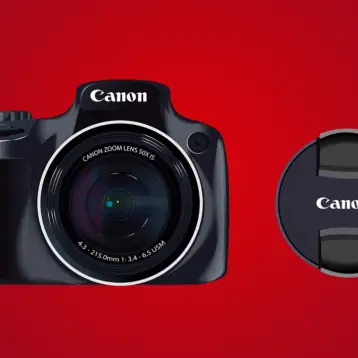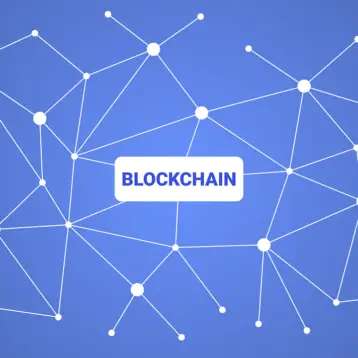|
Graphite is the dark material used in pencil lead. It is made of carbon atoms ordered in hexagonal lattices that forms layers. The chemical bonding within each graphite layer is very strong, but the chemical bonding between the layers is relatively weak. This property enables the pencil to leave marks on paper – the weak bonding between the layers allows layers to separate from each other and attach to the paper, leaving traces on the paper.
Graphene, which is the material that was used by the Northwestern scientists to produce the new paper-like material, is a single planar sheet of graphite. Because of the very strong chemical bonding within graphite layers, graphene could be used as the basis for creating very strong and flexible materials. However, in order for the material to be tough, the bonding between the graphite layers must be strengthened. The researchers from Northwestern University found that after oxidation of the graphite, water could be used to hold the layers more tightly together, creating a stiff and flexible paperlike sheet. The scientists, who were impressed with the results of the research, recently published their findings in Nature magazine. Using only water as binding material, the Northwestern scientists were able to create super tough material. By applying stronger bonding materials even tougher materials could be created.
The researchers claim that their graphene paper could be infused or serve as a carrier substance for producing hybrid materials containing polymers, ceramics and metals.
Since graphite is an inexpensive substance, the new material is also fairly cheap to produce. However, there are still obstacles to overcome before this miracle material can be marketed. Although sheets of graphene paper remain stable when exposed to air, immersing them in water causes their internal chemical bonding to weaken gradually. This means that rain or humidity could degrade the graphene structure. Therefore, the next stage is to find other molecules that can replace water in the fabrication process, increasing material durability. Some experts predict the new technology will reach the market only 5-10 years from now.
More information can be found on the Northwestern University website (and more here).











